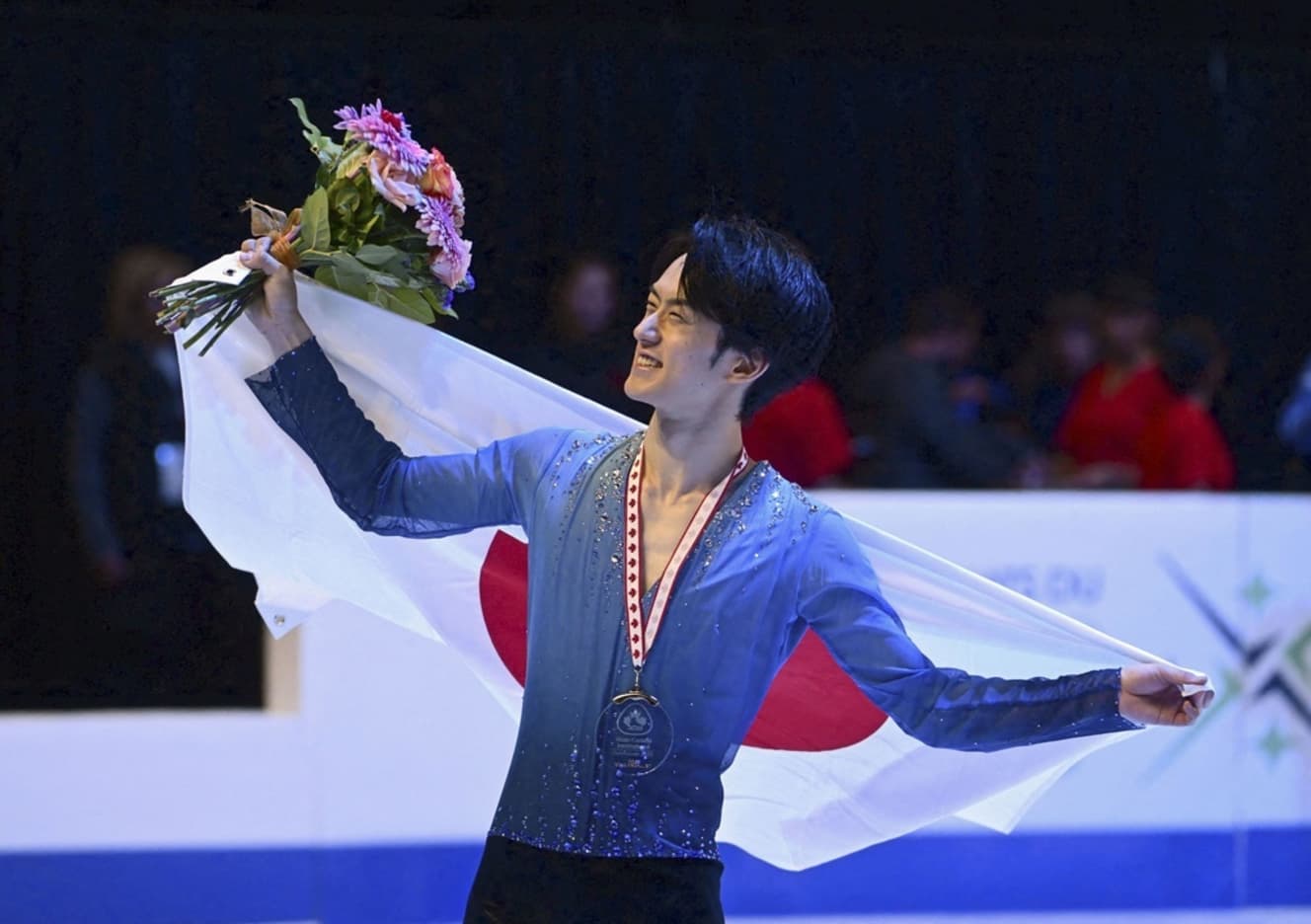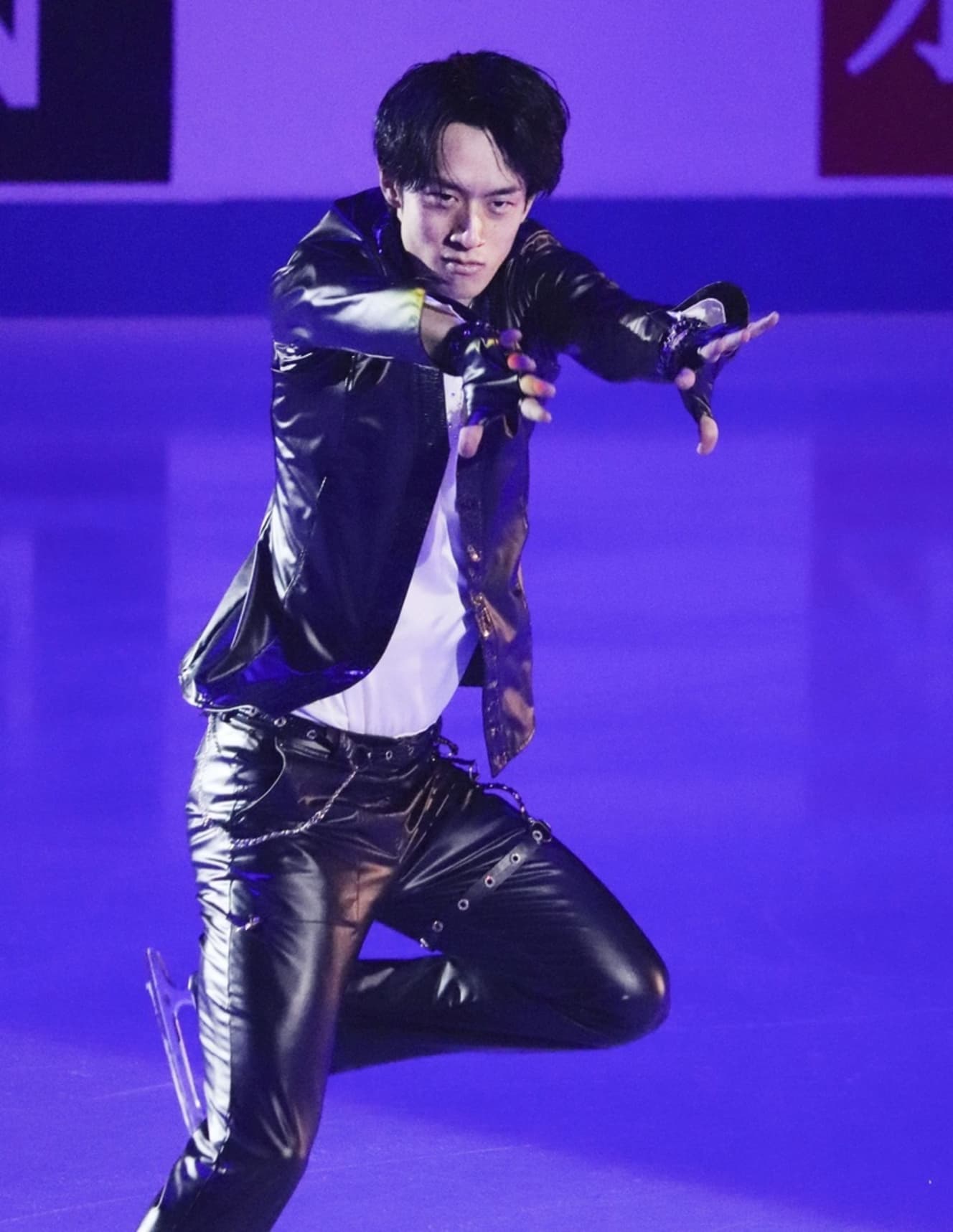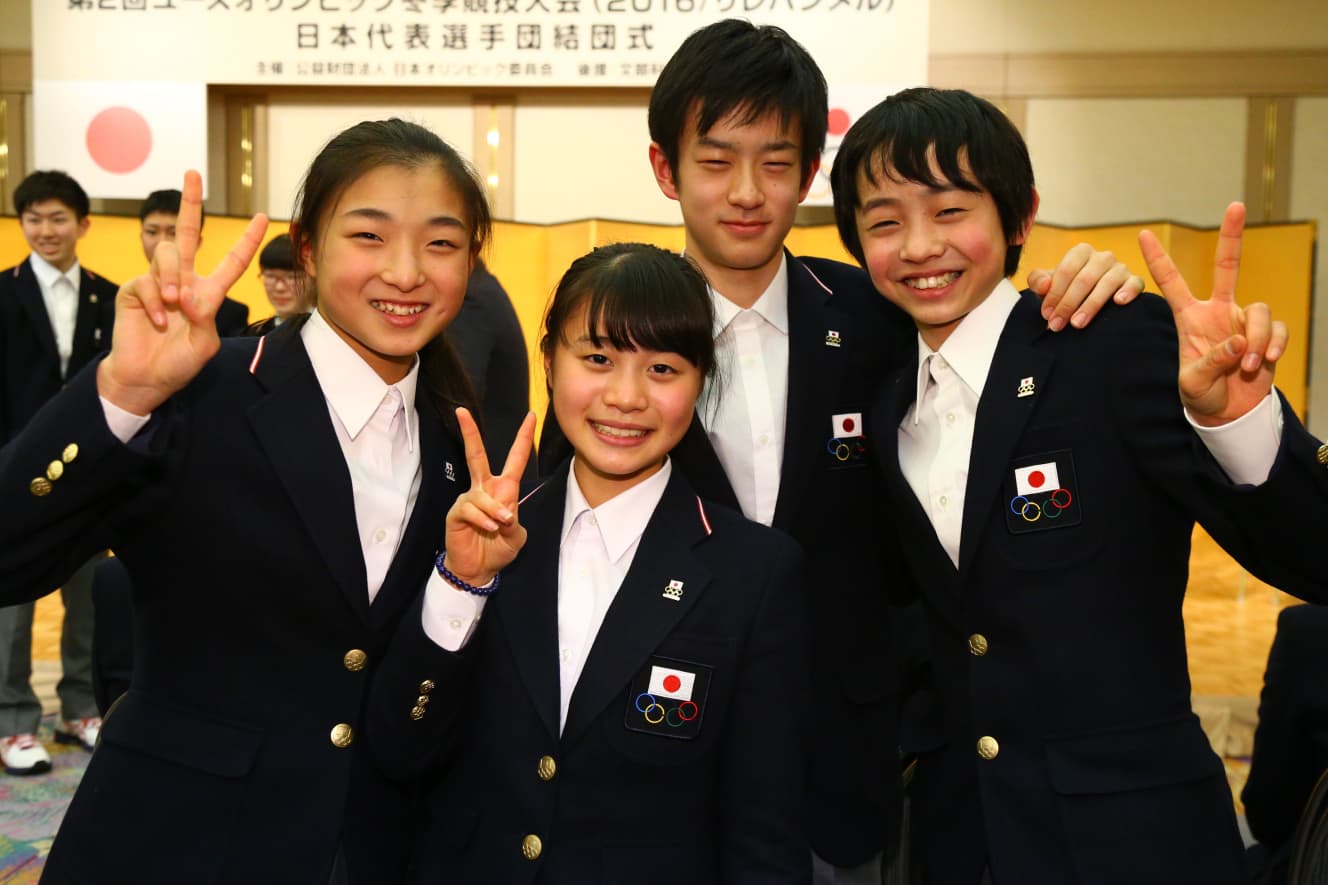From “I can’t imagine competing in a competition” to the miraculous peak of the world championships! Figure skater Sota Yamamoto: “Days of hardship
A competitive life supported by three bolts implanted in his right ankle has added a much-needed title to his career.
At the men’s “Skate Canada,” the second round of the Grand Prix (GP) series of figure skating that concluded on October 28, 23-year-old Kusota Yamamoto (Chukyo University) won his long-sought first GP title.

In March 2004, when he was a junior skater with a promising future, he broke his right ankle on a triple axel (three and a half rotations) jump in practice just before he flew to the World Junior Championships. After undergoing a total of three surgeries, it took her a year and a half to return to competition. It took him six years to reach the top of the podium.
I could never have imagined that I would ever be able to return to competition,” he said. I never imagined that I would be able to get back to this level of competition, or that I would be able to improve. I am glad that I believed in myself and worked hard.”
Each of Yamamoto’s words carried weight as she spoke of her joy.
New Sota.”
This is a phrase that I have often used in interviews this season. Yamamoto, whose smooth skating is armed with “Eagles,” including a slow and deliberate eagle with deep edge down, has been good at harmonizing with slow and majestic music, such as “East of Eden,” “Yesterday” in last season’s SP, and “Piano Concerto No.2” in Free skate.
This season’s SP “Chameleon” has drastically changed that image. The person who choreographed this first attempt at jazz was David Wilson, who has choreographed many top skaters, including Yuzuru Hanyu (28), two-time consecutive Olympic champion.
When we asked Mr. Wilson when he was in Japan for his off-ice show “Fantasy on Ice,” he readily agreed, saying, “I’ll take time for Kusota. He even pushed back his return date to visit Chukyo University, his training base.

In the past, Yamamoto himself often searched for a song and chose a choreographer, but this time, he asked Wilson to do everything from song selection to editing. When I first received the song, it was so challenging that I wondered if I could handle it,” said Yamamoto, who could not hide his bewilderment, but he was prepared for Wilson’s proclamation, “Show me your various colors in 2 minutes and 50 seconds of SP.
He skated to the lively sound of Maynard Ferguson’s trumpet. She landed a quad-triple toeloop in the beginning of her routine, and then a single quad salcoe, which she held on to even though the axis of rotation tilted diagonally in the air. In the latter half of the performance, she performed the triple axel without any difficulty, and drew the audience in with her expressive power, saying, “I have a lot of cool parts, cool parts, and new aspects of myself that I haven’t performed before.
Her hair-raising gesture and grinning face were unlike anything she had ever done before, and her twirls, in which she used both arms, were not only elegant but also powerful. As she nodded her head when the music stopped, she said, “Well, well, well.” Her performance score was just short of the 8-point mark in all three categories, but she was still in first place in SP, ahead of Cha Junghwan (KOR), the 2nd place in last season’s World Championships, “I think I got an acceptable score for now, and there is room for improvement in order to aim for 100 points. I think I have a lot of room to grow in order to reach 100 points. I think I can improve the quality of spins and axels after Salcoe, so I’ll continue to build on it.
In last season’s GP series, he had been upset in SP for two consecutive rounds. For the Free Skate, which is his most difficult competition this season, he chose “Exogenesis Symphony No.3”. This magnificent piano piece is a program that fully utilizes Yamamoto’s originality.
He jumped quadruple salvo, quad-triple toeloop, and quad toeloop in a row from the beginning of the program, and made his three jumps perfectly. The smooth skating was well suited to the music. He scored in the 8-point range in all three categories, and was the top scorer overall, edging out Yoshio Miura (18), who came from 4th place in SP, by a mere 0.53 points.
She is now in the Grand Prix Final, where the top 6 skaters of the series will compete for the title. I knew that Canada and China Cup would be fierce competitions, so I am very happy to finish with a win.
After the competition, Yamamoto was relieved.
In ’14, she placed 2nd at the Junior Grand Prix Final, and in ’15, she placed 3rd, and quickly mastered quadruple jumps, making her a candidate for ace of the next generation. In February 2004, when he was the captain of the team, he won the gold medal at the Youth Olympic Games. It was smooth sailing indeed.

However, after suffering a right ankle fracture and three subsequent surgeries, all of her jumps at the Chubu Championships in the fall of 2005 were single jumps. Every time he landed on the ice, he felt pain in his right ankle. If a bolt breaks, that’s the end,” she said. I know that I must not overdo it. However, the level of Japanese men’s figure skaters is such that they cannot compete on the world stage.
With the risk of retirement, he has always practiced on the edge, and in the last two years, “I have finally come to realize that I can train this hard,” he recalls. In the last two years, he has finally “come to understand that it’s okay to practice this hard.” He has finally matured to the point where he feels he can compete on the same level as world champion Shoma Uno (25), with whom he had friendly competition since their junior days in Nagoya.
I had no more wins on the international stage since I won a gold medal at the Youth Olympics when I was a junior,” said Uno. That was the last time. There was a long period when I thought I would never be able to achieve the kind of results I had back then, but I am very happy that I have been able to achieve results not in junior, but in senior. Now, I don’t look back on my junior results anymore, and I am happy to be able to skate,” said Yamamoto.
The victory in Vancouver was a “valuable win” that marked a new step forward, parting with the past glory.
Interview and text by: Daichi Hadano Photo: Kyodo News/Afro